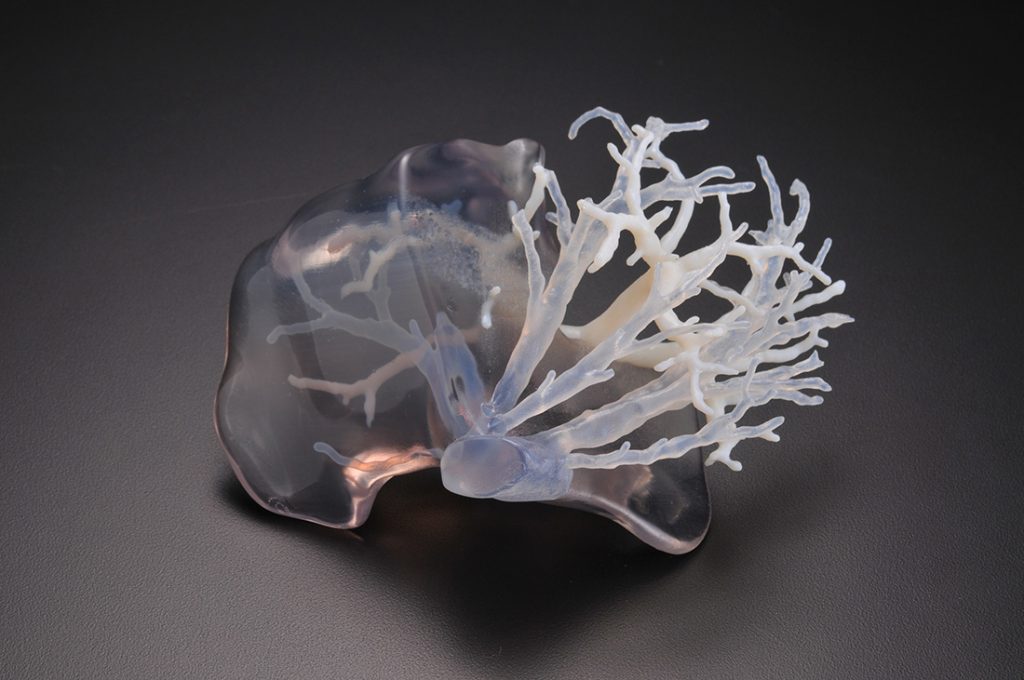According to a report released in a newswire today, the global 3d printing market for medical devices is poised to grow in the next five years with a compound annual growth rate of 17.5 percent.
The 3D Printing Medical Device Market: Global Industry Analysis, Trends, Market Size, and Forecasts up to 2024 report analyzed data from leading countries that pioneer in the 3d business today to glean insights about the future of the industry.
The study has extensive coverage, examining the factors that drive and limit the market, opportunities that spur growth, factors that directly and indirectly affect and move demand, how big the market is, and pointing to trends today and analyzing how they could impact the future of the whole 3d industry.
What Technologies are Involved?
Like other 3d technology niches, 3d conceptual design is a crucial part of the creation process. In the medical market, it’s a highly-studied phase that involves high-precision statistics and hardcore science backing before a 3d visualization takes place.
The 3d printed device market currently has three categories sorted by technology, by application, and by end user.

What are the Main Drivers of the 3d Medical Device Market?
There are two salient points laid out in the report findings: a) the stable advancements in 3d printing tech, which, in turn, helps drive b) faster development of customized medial products.
Despite the industry being relatively new, persistent technologists that combine their skill sets to produce novel 3d tech output are all that is needed to continue the growth of 3d printing upwards. And it’s not really lost cause as these efforts are usually heavily funded and cushioned with tremendous return potentials.
What are the Challenges for Growth?
Between the creation process and successfully rolling them out to the market, there are two factors that pose restraints. First is the stringent regulatory process that governs the production of 3d printed medical devices. But if you look at it from the perspective of patient safety, this concern rather becomes a much tolerable restraint that stands to reassure quality.
Second are the concerns over patent and copyright that calls for the establishment of policies that will build a wall of protection for 3d intellectual creators, a move that can also be seen as an incentive for creatives that can drive more creative breakthroughs in the field.
What are the Salient Market Opportunities?
The increase in the demand for organ transplant and improvements in healthcare infrastructure are factors that affect demand for 3d printed medical products.
The implication for the former encompasses both training and actual surgical applications while the latter has bigger administrative concerns for assimilation, and may, for a time, be limited to bigger healthcare institutions before they can fully transition full-scale to benefit smaller end users.
Further Findings
The report delivers a comprehensive analysis of both global and regional markets, covering every segment of the 3d printing medical device market, using data from pioneering companies that operate in this line of business.
Get a full copy of the report here.
